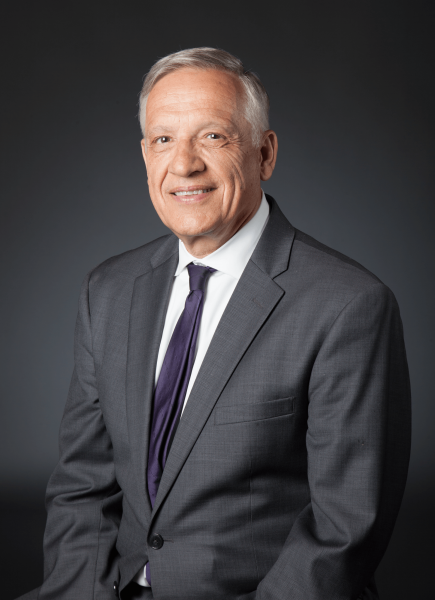Dean’s Message: Mystery, Undone by Creativity

A definition of technology I find useful and all-encompassing is “leveraging phenomena for useful purposes.” Such phenomena range from physical, chemical and biological to — increasingly, in our fast-changing world — societal. An important component of “useful purposes” is advancing scientific discovery or addressing grand challenges.
In a previous edition of this magazine, we marveled at the beauty of scientific and technological discovery with its underlying mathematical elegance. But is there also an element of mystery, as the magazine wants us to ponder in this spring issue?
Mystery usually implies something beyond understanding, something profound or inexplicable, something that only an initiated few possess. Prior to the discovery, and prior to its resolution, a grand challenge has myriad attributes of a mystery. The tougher the challenge, the more puzzling it is. But the creative process that ultimately makes an inspired vision a reality disassembles the mystery, leading to the clarity and brightness of the brilliant achievement. Mystery becomes undone by creativity.
Examples abound, with primary manifestations in theoretical physics, from quantum mechanics to the theory of relativity. But engineering and technological achievements also bring awe of a different but equally powerful kind. The National Academy of Engineering cataloged in its 2000 report the 20 major engineering achievements of the 20th century: Electrification, the automobile, the airplane, water supply and distribution. Computers, electronics, imaging, the internet. Spacecraft, health technologies, advanced materials. Visions, initially full of enigmas, questions and puzzles, became real through discovery, ingenuity and creativity. The quest continues and accelerates today.
This issue provides examples drawn from our own colleagues at USC Viterbi. For instance, restoring sight to the blind was a mystery, but Mark Humayun and his team have taken a giant step in this direction by creating an artificial retina. It was a mystery whether machines might one day converse with you in a language of your choosing, but members of the USC Information Sciences Institute solved that question. It was a mystery how you could take any image and send it wirelessly through space, anywhere in the world, with an internet connection, but researchers at the Signal and Image Processing Institute did just that by creating the JPEG.
Compelling, extraordinary visions, they all contain elements of creating the impossible. Perhaps this is another, more demanding definition of useful purposes. And when they become reality through ingenious and creative work, one that leverages phenomena or discovers new ones, they shed their mystery covers to reveal their brilliant consequences.



